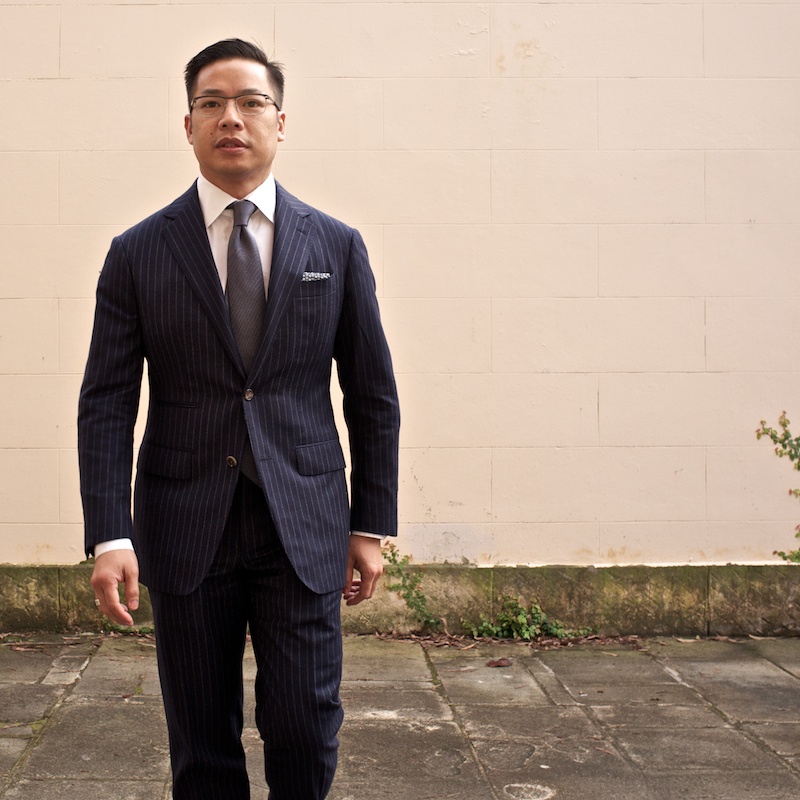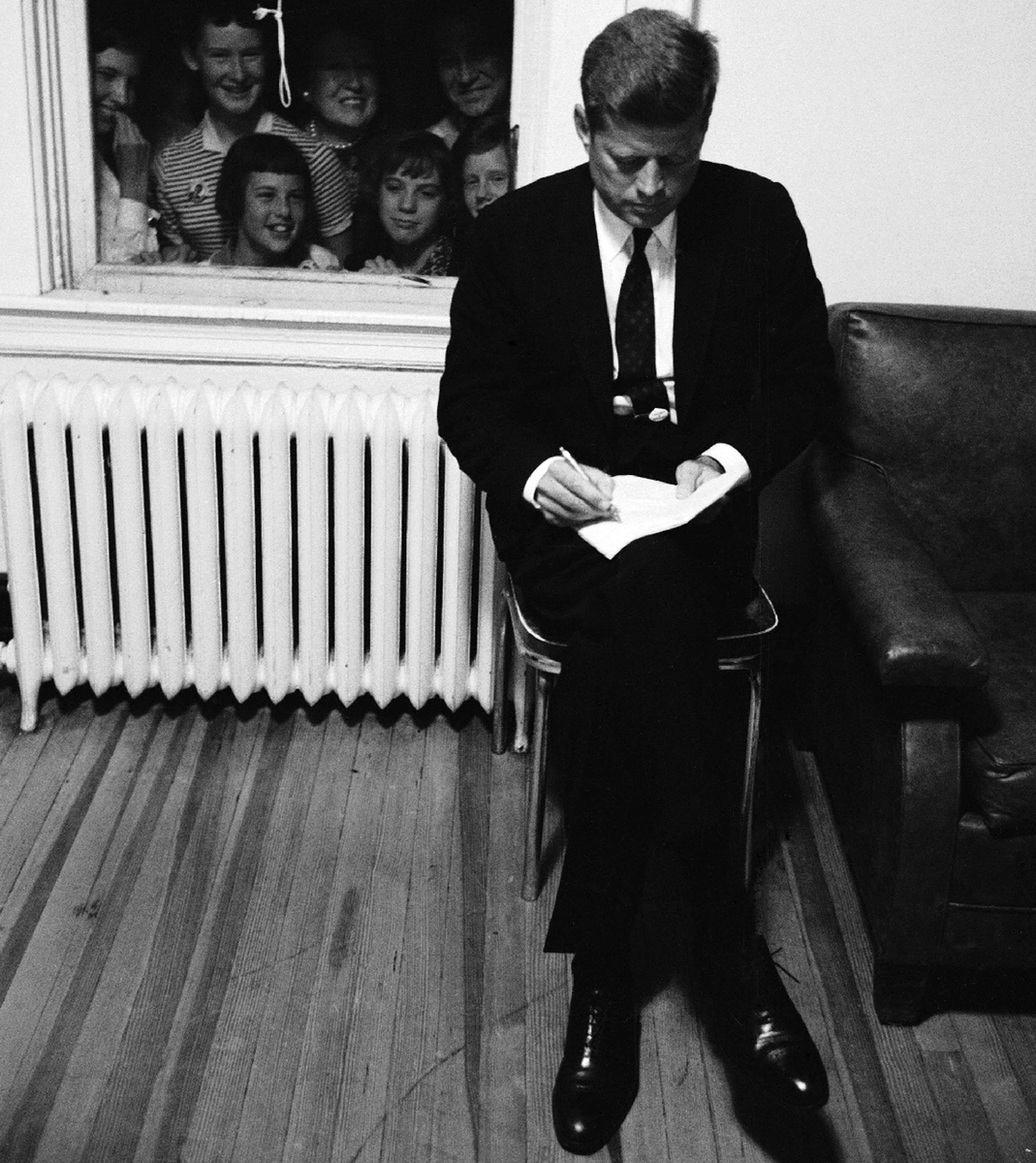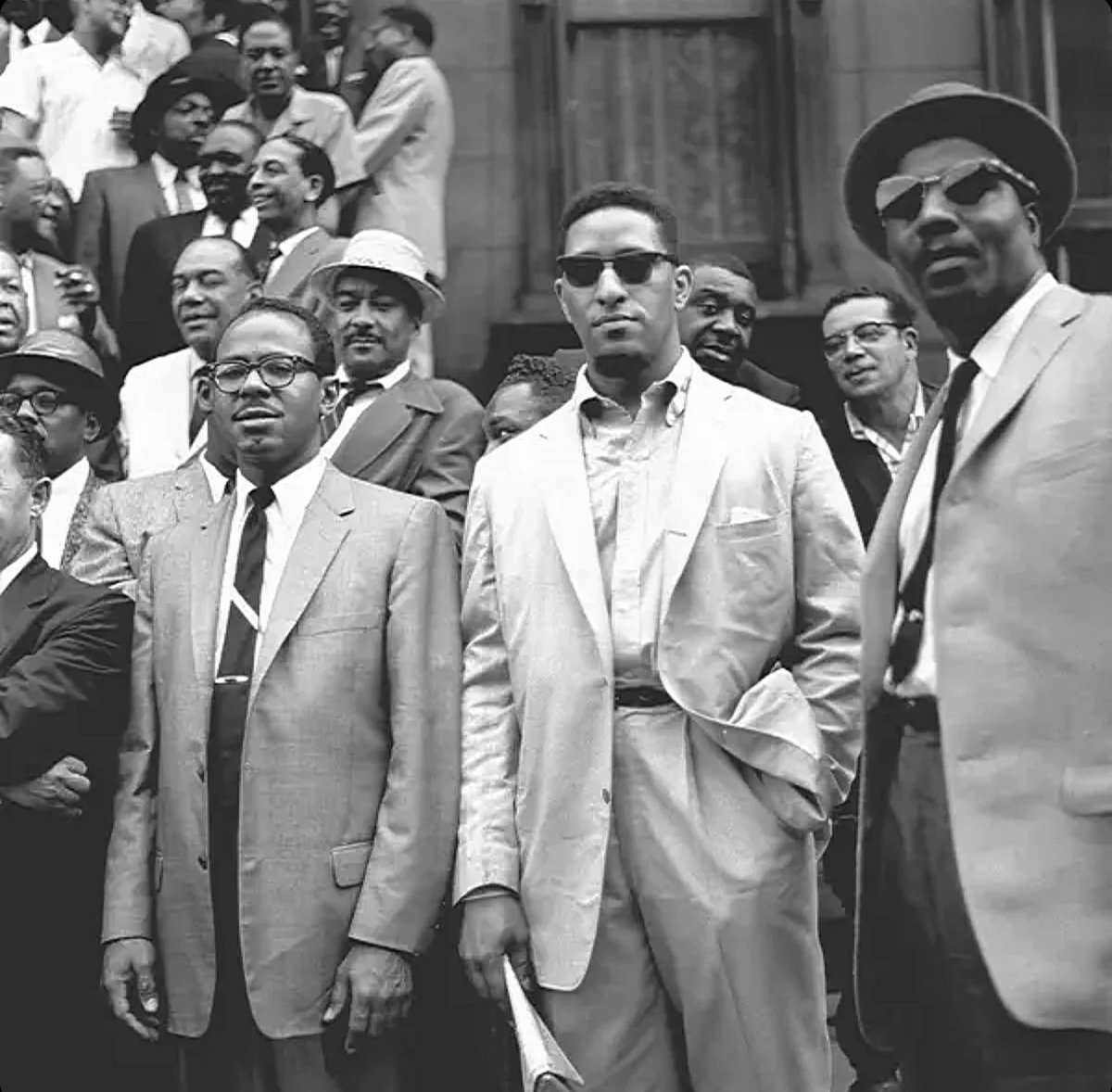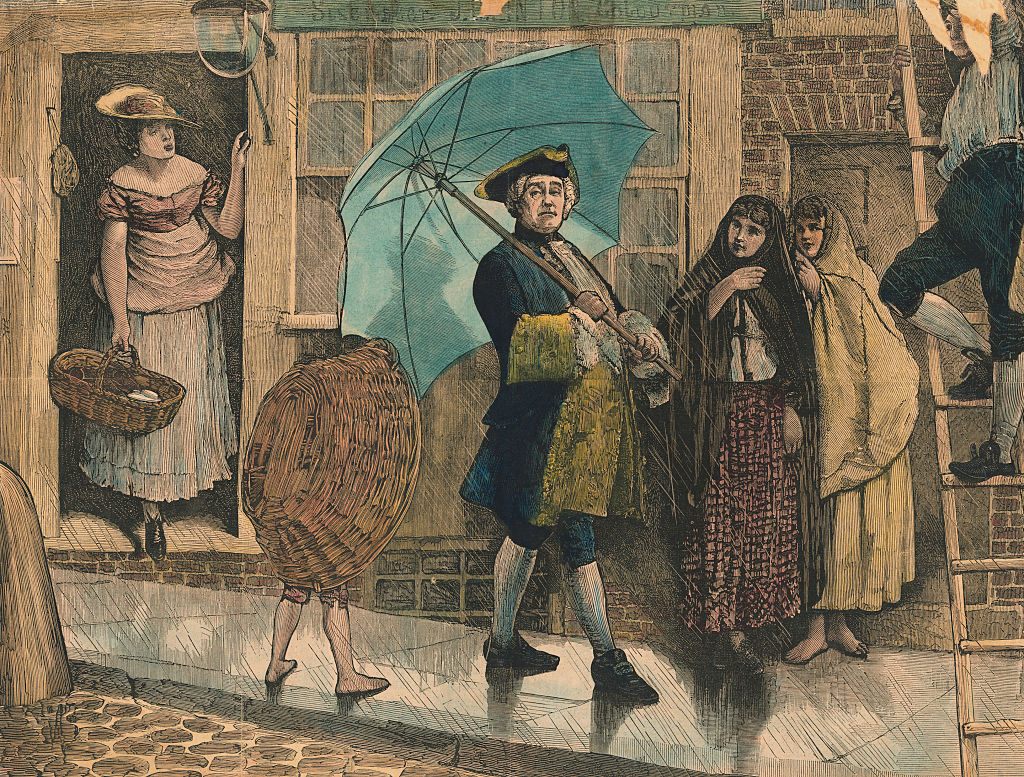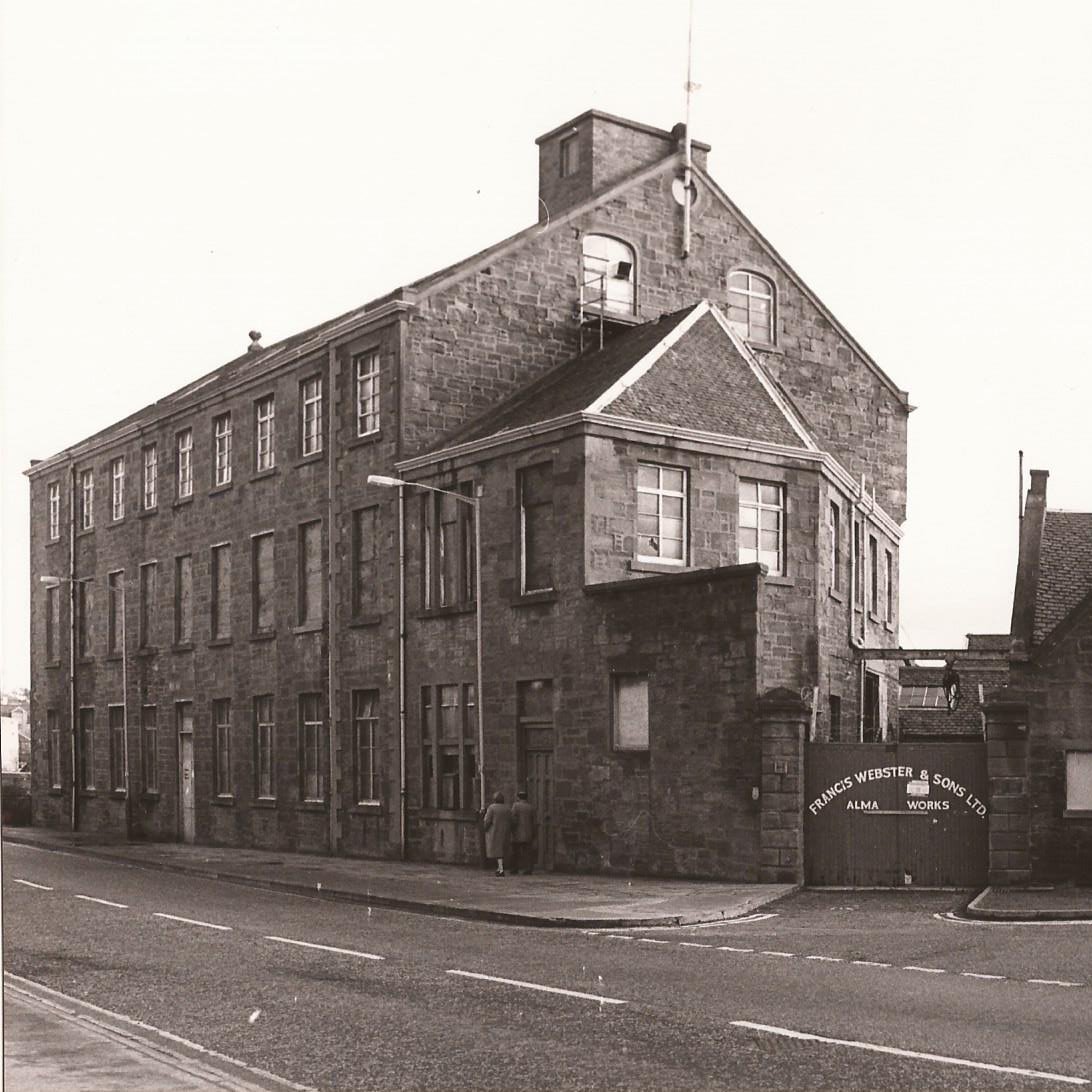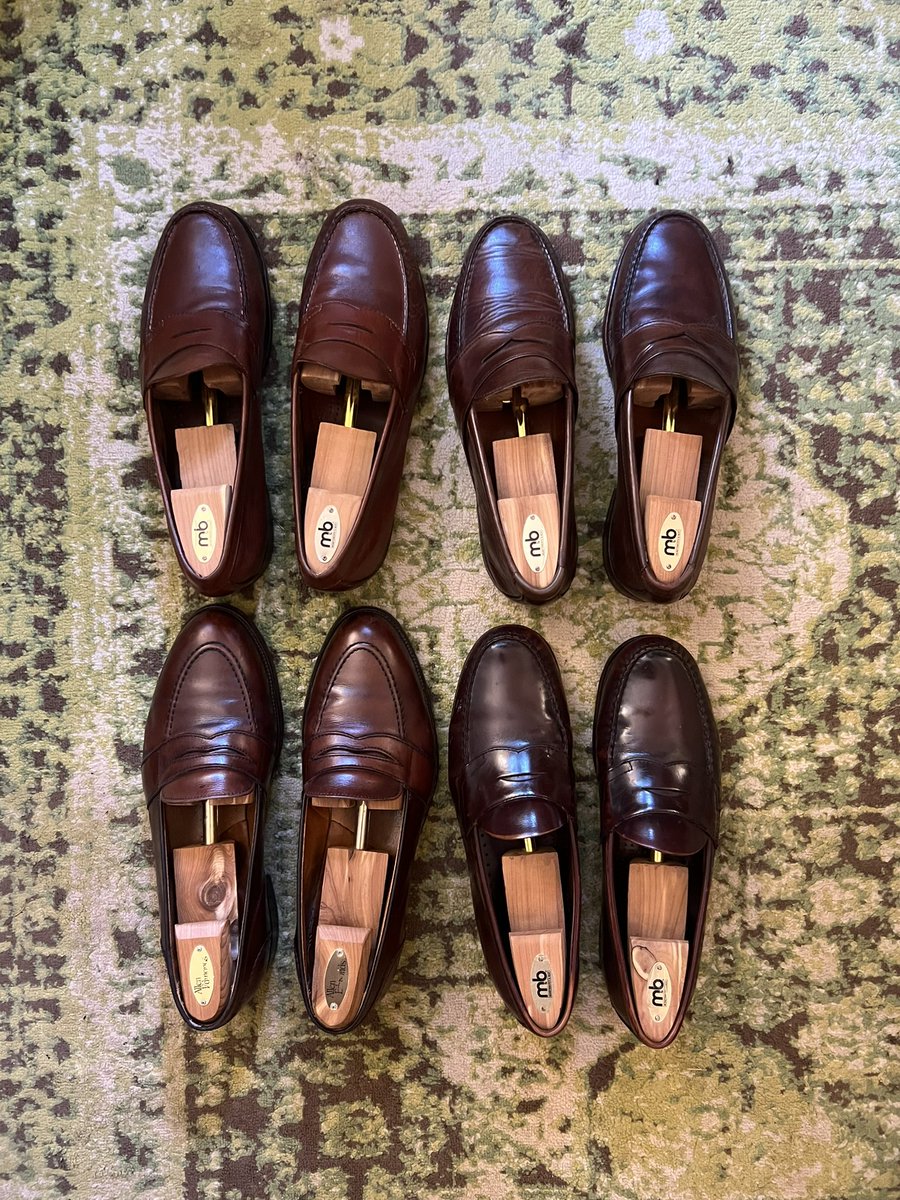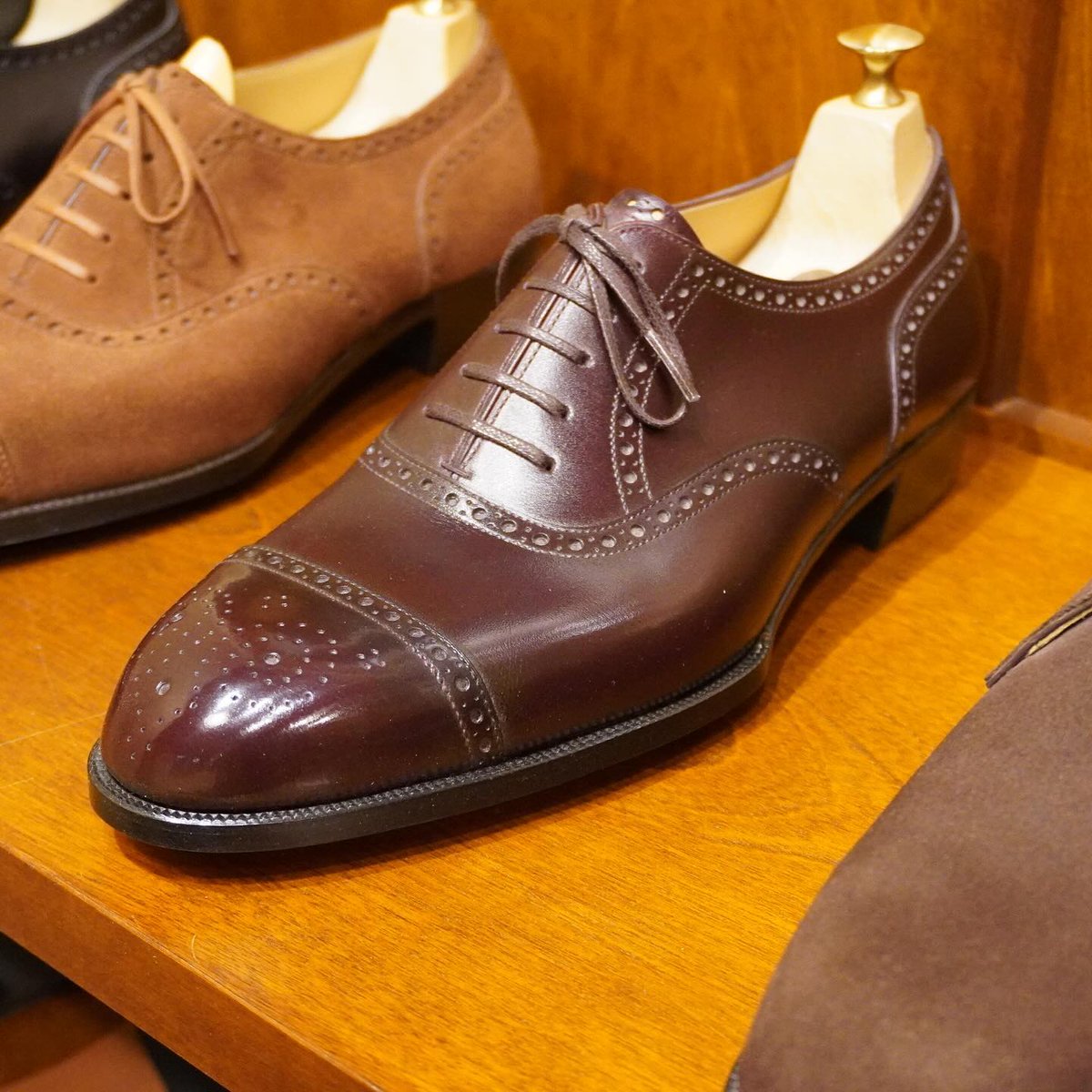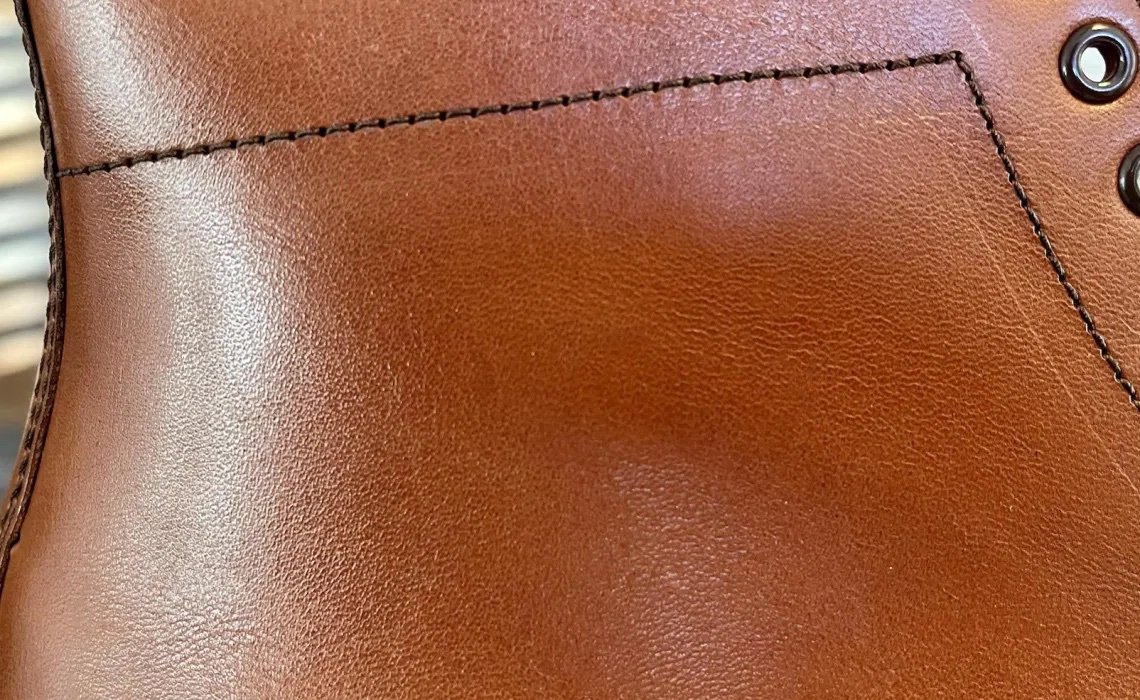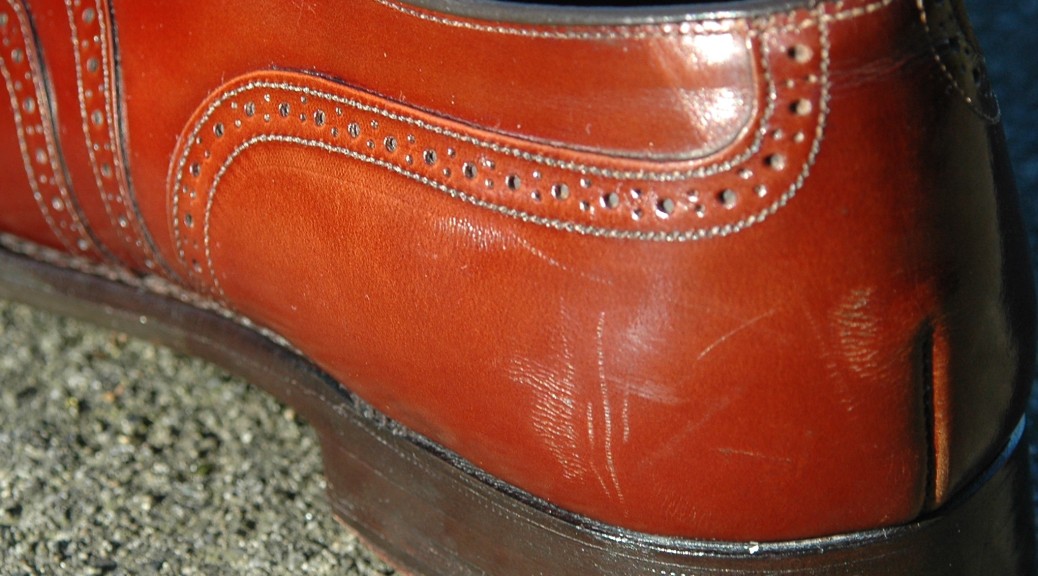Getting a lot of questions regarding my criticism of Daniel Craig's clothes. Common questions: "How can you dress if you're muscular?" "Should no one wear skinny suits?" "What about a more modern silhouette?" Let's talk about some of these points. 🧵 

Craig often wears clothes that are too tight for his body. This causes the buttoning point to strain across his waist, the lapels to buckle away from the chest, and the coat's collar to lift off his neck. 

His right sleeve is often two inches too short. I suspect this is because his bicep is too tight and he is right-handed. When he waves or shakes people's hands, his tight sleeve is prone to riding up on him, leaving him with too much shirt cuff. Happens often at press events.








A good sleeve should hang well, which is to say it should be relatively free from wrinkles. This comes from two things: 1) enough room for the arm inside and 2) sleeve should be pitched correctly for the arm (not too forward or back, relative to how the wearer naturally stands)




It's very much possible to get clothes made for a muscular build that's both flattering and comfortable. These garments don't pucker or pull. (Lebron's trousers bunch at the bottom bc they were tailored for dress shoes and he's wearing sneakers here, but it's otherwise good.)




These clothes will be more comfortable and allow movement. When you feel more comfortable, you will be more stylish. You will also look more at ease, so the clothes will look natural on you. You will be able to hug people without feeling like the center back seam is going to rip.
It's not that skinny suits can't be worn. It's that the cut has to work for your body. Notice Dior and Saint Laurent ads always feature a very slim model. Clothes hang right. By contrast, Craig looks like he had to squeeze into his suit. The effect is more "sausage casing."




Hedi Slimane, who helped kick off the trend for skin tight suits in the late 1990s/ early 2000s, was once the Creative Director of Saint Laurent Paris. And Yves Saint Laurent himself wore very slim suits on occasion. His body was built for it. 

As for how you can modernize the suit, there are lots of ways: material, color, silhouette, or styling. Impossible to cover everything here, but the principles for good tailoring still apply to pics below: collar hugs neck, clean lines, no pulling, etc.








Will leave you with one more example. Both men are about the same height and have muscular builds. Craig emphasizes his build by slimming the suit until it looks like he bought the wrong size. The second still has a flattering build (V-shaped silhouette), but has clean lines




• • •
Missing some Tweet in this thread? You can try to
force a refresh







